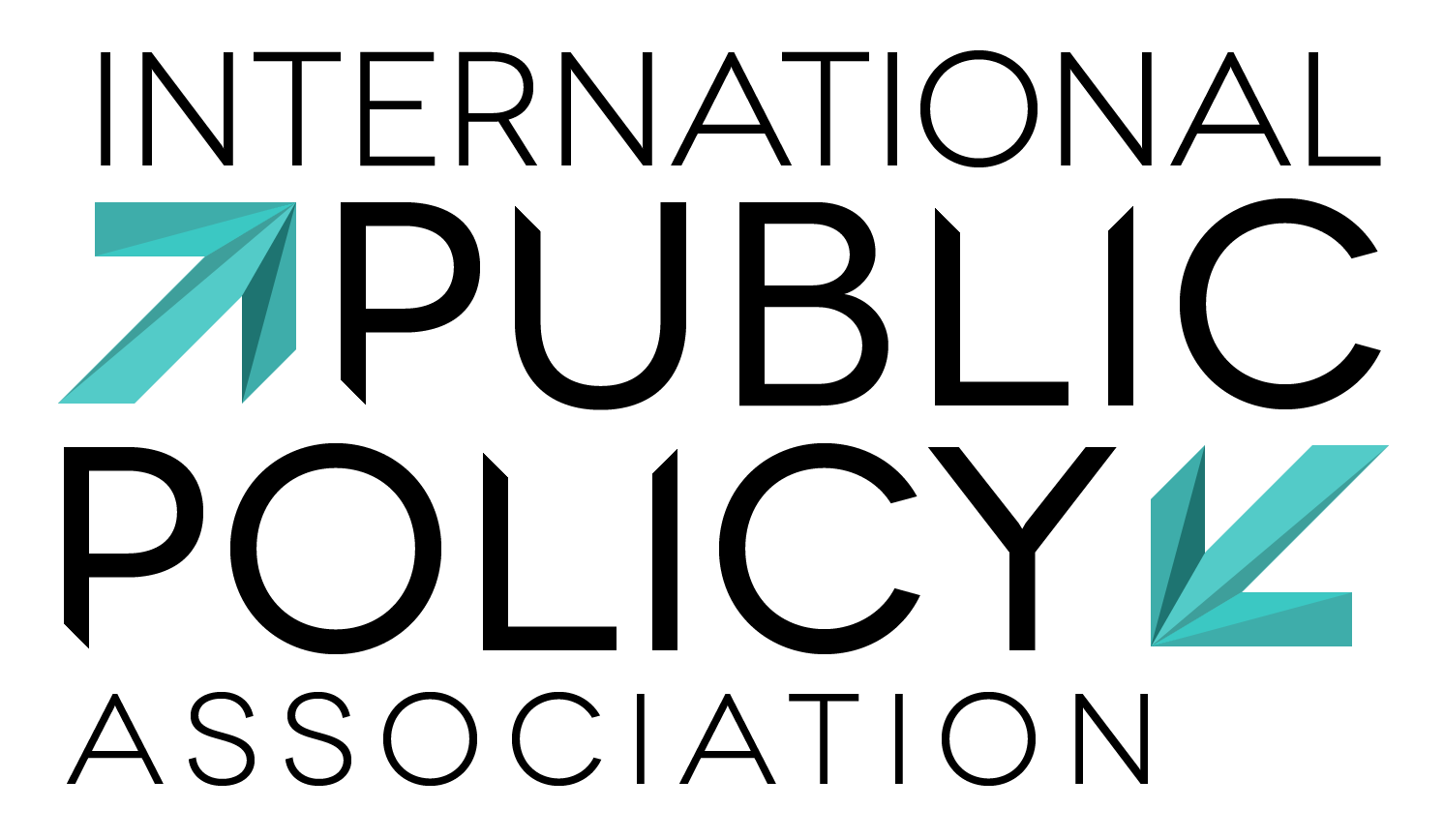Effectiveness of Public Policy Changes
During the last few decades, the interest in policy processes generated the number of formal theoretical explanation. Among them are the Advocacy coalition framework (Sabatier, Hank Jenkins-Smith 1993), Punctuated equilibrium theory (Frank R. Baumgartner and Bryan D. Jones 1993), Multiple streams approach (Kingdon 1984), Policy styles theories (Richardson et al. 1982), Policy design & Policy capacity framework (Howlett et. Al 2018), Pragmatic approach to public policy (Zittoun 2014), and some others. Each of them makes its own unique contributions explaining the multidimensional and complex nature of public policy and policy change; attempt to grasp the multiactor nature of policy-making. Variety of actors in public policy is reflected in such terms as policy communities, policy coalitions, and policy networks. The results of policy-making are dependent on activity and configuration of such policy networks and various conditions. Social Network analysis (SNA) provides us with terms, methods, and quantitative statistical techniques that allow us to model the complicated policy processes for a given policy and offer an opportunity to test and develop theories of policy processes that go above and beyond what other instruments afford. At present time, however, we still lack comparative empirical research - verification and validation of developed theories.
We develop papers that use SNA to test a particular policy that models the complexity of policy-making as a conjunction of variety of actors and factors external to the policy actors’ activity. The papers can use a variety of SNA techniques: policy networks visualizations, calculation of centrality measures, building social influence, and social selection models, ERGM models, longitudinal network analysis, multimode and multilevel networks. We also develop papers that are testing a variety of hypotheses, but they should be aimed at answering the questions about the reasons why policy networks influence policy change. The special concern of this project is to test, challenge, verify, and validate the current and developing theories of policy process.
Publications:
Zaytsev D., Gregory Khvatsky, Talovsky N., Kuskova V. Network Analysis Methodology of Policy Actors Identification and Power Evaluation (the case of the Unified State Exam introduction in Russia), in: Network Algorithms, Data Mining, and Applications. Springer Proceedings in Mathematics & Statistics. Springer, 2020. doi
Zaytsev D. Fluctuating capacity of policy advice in Russia: testing theory in developing country context // Policy Studies. 2019. Vol. 40. No. 3-4. P. 353-373. doi
Zaytsev D., Talovsky N., Kuskova V., Khvatsky Gregory. The Entity Name Identification in Classification Algorithm: Testing the Advocacy Coalition Framework by Document Analysis (The Case of Russian Civil Society Policy), in: Analysis of Images, Social Networks and Texts. 8th International Conference, AIST 2019, Lecture Notes in Computer Science, Revised Selected Papers / Ed. by W. M. van der Aalst, V. Batagelj, D. I. Ignatov, M. Y. Khachay, V. Kuskova, A. Kutuzov, S. Kuznetsov, I. A. Lomazova, N. Loukachevitch, A. Napoli, P. M. Pardalos, M. Pelillo, A. Savchenko, E. Tutubalina. Vol. 11832. Cham : Springer, 2019. doi P. 276-288. doi
Zaytsev D. The riven policy style of a post-empire state: the case of Russia, in: Policy Styles and Policy-Making. Exploring the Linkages / 1st Edition. L. : Routledge, 2018. Ch. 14. P. 289-311. doi
Zaytsev D., Belyaeva N. Y. Determinants of the Policy Impact of Analytical Communities in Russian Regions: Cases of Karelia, Tatarstan and Saratov // Central European Journal of Public Policy. 2017. Vol. 11. No. 2. P. 23-42. doi
Associations and Conferences:
Have you spotted a typo?
Highlight it, click Ctrl+Enter and send us a message. Thank you for your help!
To be used only for spelling or punctuation mistakes.

